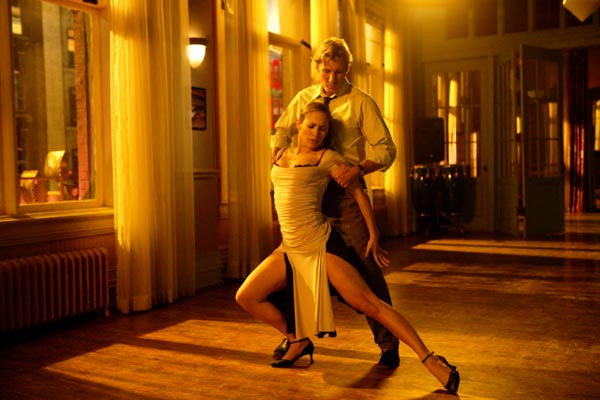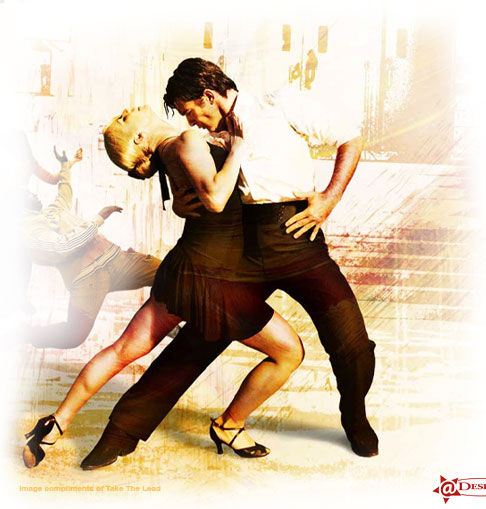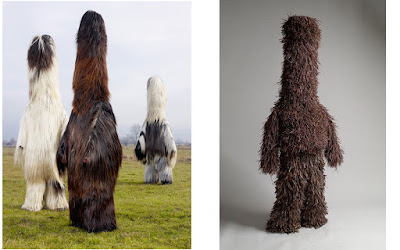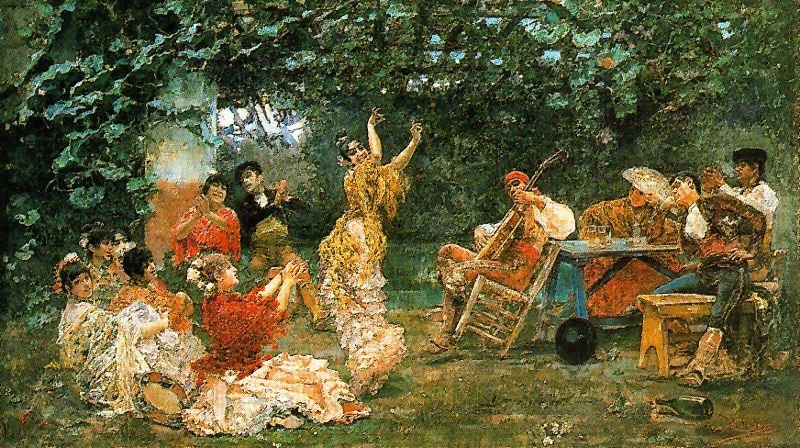Traditional costumes have always held a very important status in the society, by adorning them on every single mega event and any other special occasion. They have been a symbol of pride, beauty and respect in their own natural birthplaces. Traditional costumes not only represent the pride and prestige of the country, but also give that feeling of beauty and respect to the person that wears them and adorn them. Some tradition outfits have dug themselves deep in the society, yet some of them are still culturally evolving. There are some traditional costumes which are known all over their world, just for the exclusivity and charming beauty. They just look pleasing to the eyes which gives them that popularity in the world which they deserve. So here is a list of some of the best traditional outfits in the world which are considered beautiful and some of the best handpicked from the rest.
1. Namibia
The Herero people are an ethnic group who live in present-day Namibia and Botswana. Their origins are uncertain but their tribe is believed to have come here from Central Africa during the 16th century AD. A semi-nomadic people who make their meager living by raising cattle, have suffered a great deal during the European colonial period.
2. Myanmar
Originally from Mongolia, the Padaung tribe has since moved to Myanmar, near the border with Thailand. With around 50,000 individuals, these people live in a couple of villages, deep inside the jungle, near the Salween River.
3. Bulgaria
Like all European countries, Bulgaria has a rich cultural heritage. Not only of Christian descent but also filled with many pagan rituals belonging to the Thracians and other peoples that once lived on those lands. Every region of the country has its own different traditions and costumes, but ultimately belonging to the same people.
On the first day of every year, the Babugeri come out in the town of Bansko in South West Bulgaria, celebrating the arrival of the New Year. Made out of goat skin and with an 1.5 meter (5 feet) woolen hood, these “creatures” dance together and brush against married women, bringing them good fortune and many children. In the past they wore a red “phallic” rod around their waists but were since replaced with a stick held in their hand.
4.India
One of the oldest countries in the world and with a vast cultural and religious heritage, India doesn’t lack any intricacy in its tradition. The performance is very religious, depicting scenes from the Hindu scriptures (Puranas), starting in the evening and usually lasting throughout the night. The show is done entirely by men, even the female characters are portrayed by male actors, dressed in women’s clothing. Their costumes are very intricate, as well as is their make-up which can be easily mistaken for a mask. Each color has its own meaning. Red for example, worn on the feet symbolizes an evil character or someone with evil intent. This dance-drama relies heavily on hand gestures (mudra), very common in the classical Indian dance.
5. Turkey
The Whirling Dervishers are a branch of the Mevlevi order which is part of the Sufi tradition in Islam. This order was founded by Celaleddin Mevlana Runi in 1273 and whirling is one way in which the Islamic ascetics (Sufis) get closer to Allah. These dancers, following the laws of nature, try to get in contact with a higher power never losing consciousness or reaching a state of ecstasy. Instead they try to get in harmony with all things around them.
6. Papua New Guinea, Indonesia
It is believed that people have first come to Papua over 45,000 years ago. They have lived in tribes across the island and have been engaged in wars and disputes among themselves for millennia. One of these tribes is the Huli Wigmen. To impress and intimidate their adversaries they paint their faces bright yellow, white and red with elaborate wigs made out of their own hair intertwined with colored feathers and other indigenous materials.
7. Mongolia
The deel, which is the base of all Mongolian attire, can also be used as a blanket or tent, depending on the situation and weather, when out in the wilderness, herding sheep. A silk sash is always worn by both men and women. It is not simply an aesthetic accessory but can also hold a knife or pistol and on long horse rides can act as a cushion between saddle and rider.
8. Ethiopia
The Mursi tribe lives in the Omo Valley in Southern Ethiopia. There are an estimated 10,000 members of this sedentary tribe whose women are an endless source of wonder and fascination. From the age of 15, girls have their lower lip cut by an elder and held open by a wooden plug until it heals. After which larger and larger clay plates (dhebi a tugoin) are introduced into the incision, stretching it.
Reaching diameters up to 12 cm (5 inches), their size can determine the girl’s price when marrying but more importantly it depicts social adulthood and childbearing potential.
9. Island of Sardinia, Italy
The Boe di Ottana Carnival takes place in the town of Ottana on the island of Sardinia. Predating Roman times, this custom represents the transformation of man into beast while herding oxen and goats months at a time in the wilderness of the island. Every year men dress up as oxen-like creatures (Sos Boes), wearing goat hides, many giant cowbells and wooden horned-masks “rioting” on the streets.
Meanwhile the peasants (Sos Merdules), whose faces are covered in black masks, try to “domesticate” and control them with sticks and ropes. On the last Sunday of the carnival the Merdules will offer everyone present a drink that nobody can refuse or both them and the Boes will attack the unwilling, mimicking a beating.
10. Mali
The Dogon tribe native to Mali in West Africa number around 400,000 individuals. A very religious and spiritual people who live on the cliffs of Bandiagara near the city of Timbuktu, have influenced 20th century western artists like Picasso and Braque even being a catalyst for the Cubist movement.
They have many ceremonies with most of them being secret to outsiders, involving very diverse and amazing masks. One such mask is a 6 meter (20 feet) long wooden pole carved out of an entire tree branch. Elaborately decorated and very heavy, it brings the Dogon ever closer to the world of Heaven. Only the strongest members of the tribe use this mask as they have to swing it back and forth and side to side, holding it only with their teeth. This ceremony only takes place every 60 years with the next one taking place in 2027.
Reference: http://gipsy.ninja/10-outstanding-traditional-costumes-around-the-world-2/12/

















